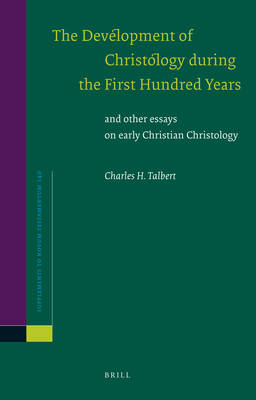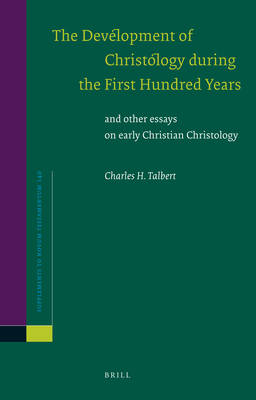
- Afhalen na 1 uur in een winkel met voorraad
- Gratis thuislevering in België vanaf € 30
- Ruim aanbod met 7 miljoen producten
- Afhalen na 1 uur in een winkel met voorraad
- Gratis thuislevering in België vanaf € 30
- Ruim aanbod met 7 miljoen producten
Zoeken
The Development of Christology During the First Hundred Years
And Other Essays on Early Christian Christology
Charles H Talbert
€ 218,45
+ 436 punten
Omschrijving
Entering the debate about the development of Christology among Jesus' earliest followers, this volume critiques both the traditional evolutionary view that posited an elementary early Jewish Christology that developed in complexity as it was increasingly Hellenized and the more recent attempt to see a full-orbed Christology both as early and as Jewish, not Hellenistic, in its categories. It contends that during the first 100 years Jesus' followers employed four models from their milieu, Jewish and Greco-Roman, both to understand and to communicate their Christologies. These models were appropriated because they were appropriate vehicles for expressing the impact of Jesus on them, past, present, and future.
Specificaties
Betrokkenen
- Auteur(s):
- Uitgeverij:
Inhoud
- Aantal bladzijden:
- 216
- Taal:
- Engels
- Reeks:
- Reeksnummer:
- nr. 140
Eigenschappen
- Productcode (EAN):
- 9789004201712
- Verschijningsdatum:
- 22/06/2011
- Uitvoering:
- Hardcover
- Formaat:
- Genaaid
- Afmetingen:
- 163 mm x 248 mm
- Gewicht:
- 498 g

Alleen bij Standaard Boekhandel
+ 436 punten op je klantenkaart van Standaard Boekhandel
Beoordelingen
We publiceren alleen reviews die voldoen aan de voorwaarden voor reviews. Bekijk onze voorwaarden voor reviews.








